Abusir

Realm of Osiris
Miroslav Verner
Abusir

Realm of Osiris
The American University in Cairo Press
Cairo  New York
New York
Copyright 2002 by
The American University in Cairo Press
113 Sharia Kasr el Aini, Cairo, Egypt
420 Fifth Avenue, New York, NY 10018
www.aucpress.com
An earlier version of this book was published
in the Czech Republic in 1994 under the title
Forgotten Pharaohs, Lost Pyramids: Abusir
All rights reserved. No part of this publication
may be reproduced, stored in a retrieval
system, or transmitted in any form or by any
means, electronic, mechanical, photocopying,
recording, or otherwise, without the prior
writtrn permission of the publisher.
Dar el Kutub No. 5359/02
ISBN 978 161 797 227 0
Designed by
Andrea El-Akshar/AUC Press Design Center
Printed in Jordan
pp. ivv
Blocks with fine reliefs protruding from the
sand. Revealed recently by Zahi Hawass at
Sahures causeway (photo: Kamil Vodra).
p. vi
Princess Khekeretnebty looking on as her
funerary offerings are brought to her. Mastaba
of Khekeretnebty. Wall painting. End of the
Fifth Dynasty. Abusir (photo: Kamil Vodra).


In Egyptian they called it Per Usir, the Realm of Osiris.
The Greeks took this into their language as Busiris,
which led to the Arabic name of Abusir.

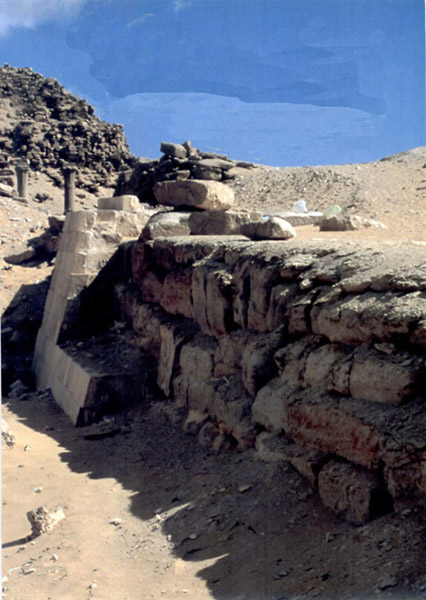
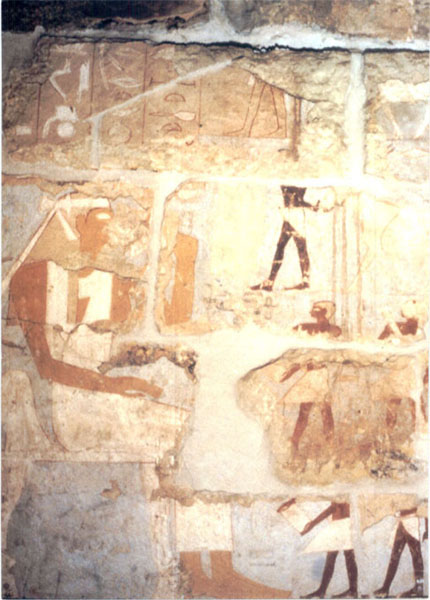
I n Egypt today there are several dozen villages called Abusir. Only one of them, however, can boast of being an archaeological site of the first importance: this is the Abusir near which lies a cemetery dominated by the pyramids of the Fifth Dynasty pharaohs. But, though situated in the very center of the renowned pyramid fields of the Memphite necropolis, Abusir has always remained at the periphery of archaeological interest and in the shadow of its more famous neighbors Saqqara and Giza. This lack of interest has undoubtedly contributed to the lamentable state of the major monuments of the Abusir cemeterythe pyramids of the Fifth Dynasty kings. Their casings ripped away, their cores crumbling, and plundered for centuries by thieves searching for treasure, or at least rare kinds of stone, the pyramids of Abusir today resemble uninviting heaps of stone. Perhaps another factor contributing to the waning of interest in Abusir was the impact of excavations carried out in the first years of this century by a German archaeological expedition. The breadth of these excavations and their outstanding quality for the period seemed to pre-empt further efforts. The Germans brilliant, and rapidly published, results contributed to the spread of the idea that everything of archaeological importance and interest in the locality had already been thoroughly investigated.
Nevertheless, the results of the first Czech Egyptological project at Abusir, which began forty years ago and involved excavations in the area of the great tomb of the Vizier Ptashepses, were to indicate that the site had not yet yielded up all its secrets.
Now, the ongoing Czech excavations in Abusir are fundamentally extending and modifying our archaeological picture of the locality. Previously unknown pyramids, temples, tombs, and even entire large cemeteries, all dating from different periods of Egyptian history, have been discovered. Newly discovered papyri from the Abusir temple archives have been deposited in the vaults of the Egyptian Museum at Cairo, and the most interesting and valuable archaeological finds from the new Abusir excavations have been exhibited at selected Egyptian museums. Research papers drawing on the newly discovered archaeological and epigraphic sources have also been multiplying. It is no exaggeration to say that the excavations in Abusir have become one of those archaeological works in Egypt which are carefully followed by the scholarly public.

Alabaster sphinx (Amenhotep II?) that originally adorned the southern approach to the Temple of Ptah. Mit Rahina (photo: Milan Zemina).
The first edition of this book, named Forgotten Pharaohs, Lost Pyramids: Abusir, published in 1994, has already been sold out. Moreover, a series of important new discoveries made by the Czech archaeological team in Abusir in recent yearsespecially, in Neferefres pyramid, Iufaas shaft tomb and the South Abusir cemeteryhave made a new edition of the book urgent. Largely reworked and updated, the book is now published by the American University in Cairo Press under the title Abusir: Realm of Osiris It is the authors wish and hope that this book will become one of the pieces of the once lost but progressively rediscovered mosaic of the history of the royal cemetery at Abusir.
This book could never have been written without the support of leading representatives of Egypts Supreme Council of Antiquities and without the unstinting cooperation of Egyptian colleagues and friends in the Giza and Saqqara Antiquities Inspectorates. The author is also much obliged to colleagues in the Egyptian Museum in Cairo for permission to photograph and publish some of the museums masterpieces. To all these friends I offer much-deserved thanks.
The Preface and Chapters I, III-VIII and XI were translated by Dr. Anna Bryson and Jana Klepetov, the remaining parts of the text by the author of the book himself.
In preparing the revised edition of this book, I am indebted to Dr. Vivienne G. Callender for supervision of the English text, to Eng. Jolana Maltkov and Eng. Ludk Wellner for the line drawings, Milan Zemina and Kamil Vodra for the majority of the photographs, to Dr. Jaromir Kreji for CAD images of the Abusir pyramid field and some architectonic details from Neferefres pyramid and, eventually, to Mgr. Hana Vymazalov for help in the photo-archive of the Czech Institute of Egyptology. To allsincere thanks.
Miroslav Verner
Prague, 30th August 2001

For the ancient Egyptians, the date palm, shown here almost ready to harvest, was a symbol of peace and fertility (photo: Kamil Vodra)
F looded with sunlight, the landscape of the Nile Valley is a network of irrigation canals interwoven with a many-colored mosaic of fields, villages, gardens, and palm groves. The area around the village of Mit Rahina, not far from the famous Step Pyramid at Saqqara, is no exception. At first sight there is almost nothing to suggest that it was here, almost within sight of the high-rise buildings of Cairo, which encroach ever campaigns to the Western Asia. It was a city which, at the height of its prosperity, extended over an area of approximately 50 square kilometers, but which then vanished almost without trace. The efforts of the archaeologists who have been attempting to unearth its secrets since the beginning of the last century resemble in some ways the proverbial drop in the ocean but have nevertheless continued to bring us new discoveries and new knowledge. The history of the magnificent city has not been lost forever.
Next page
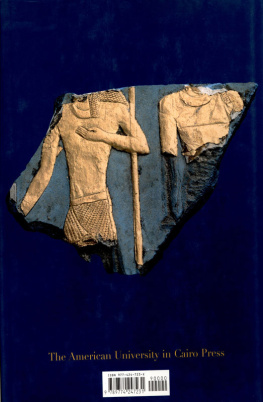

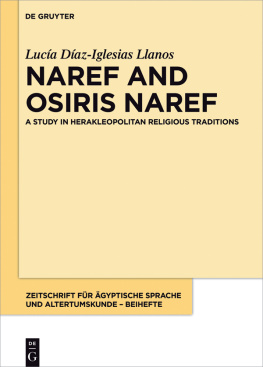
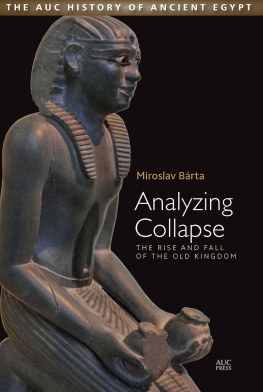
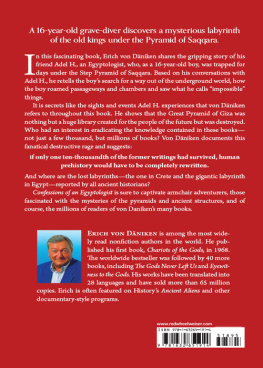
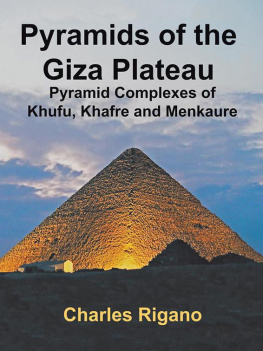

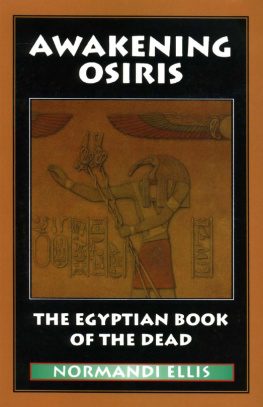
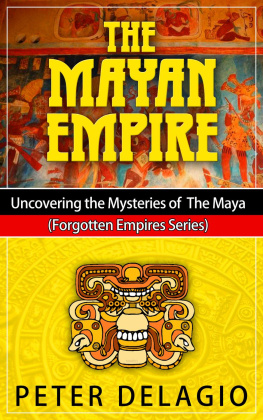
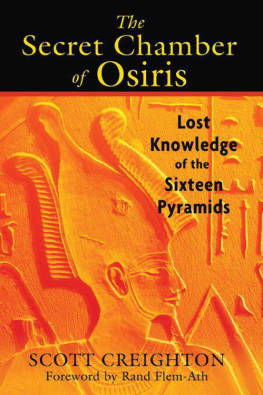

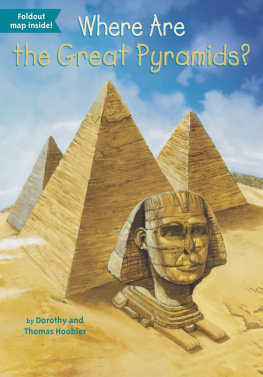

 New York
New York



